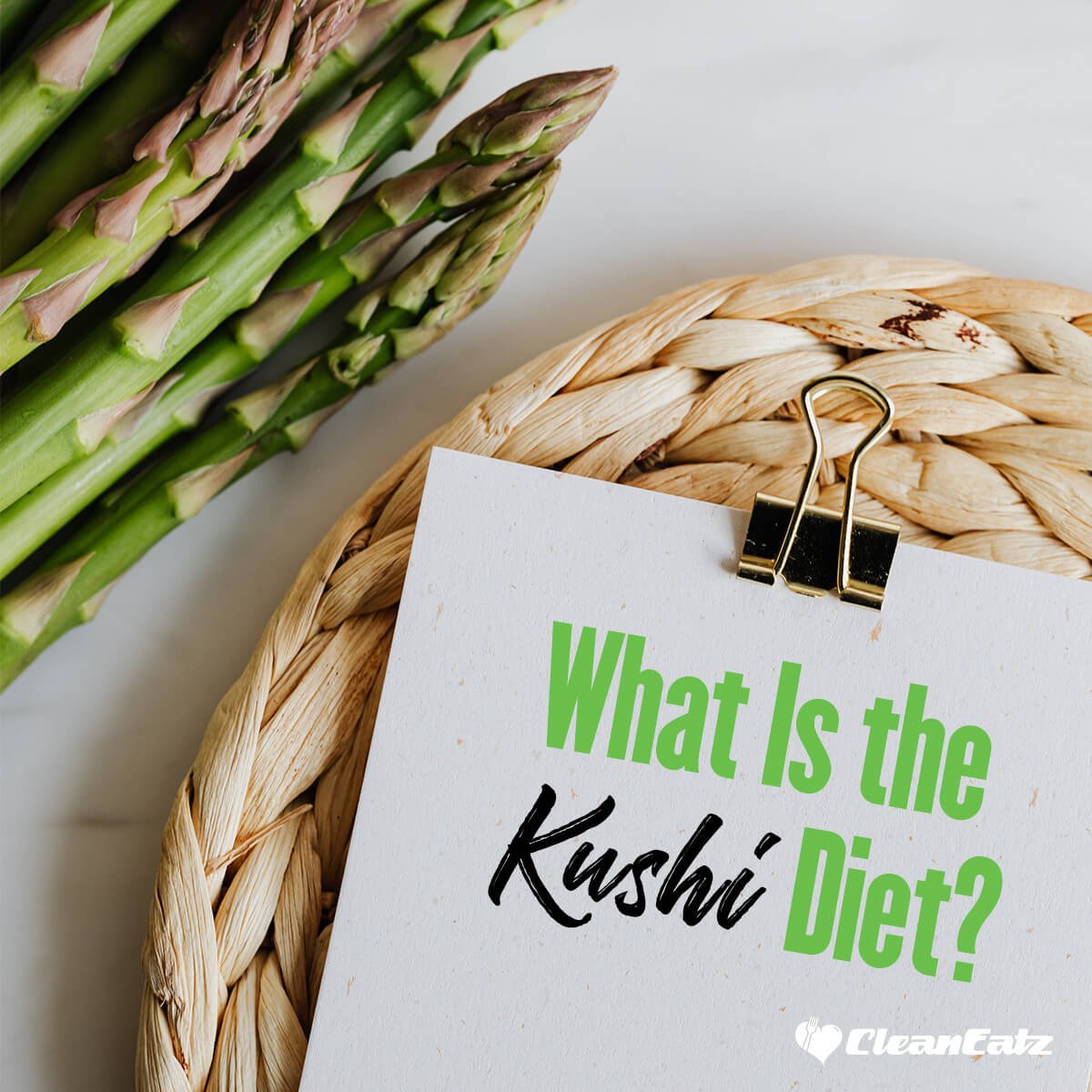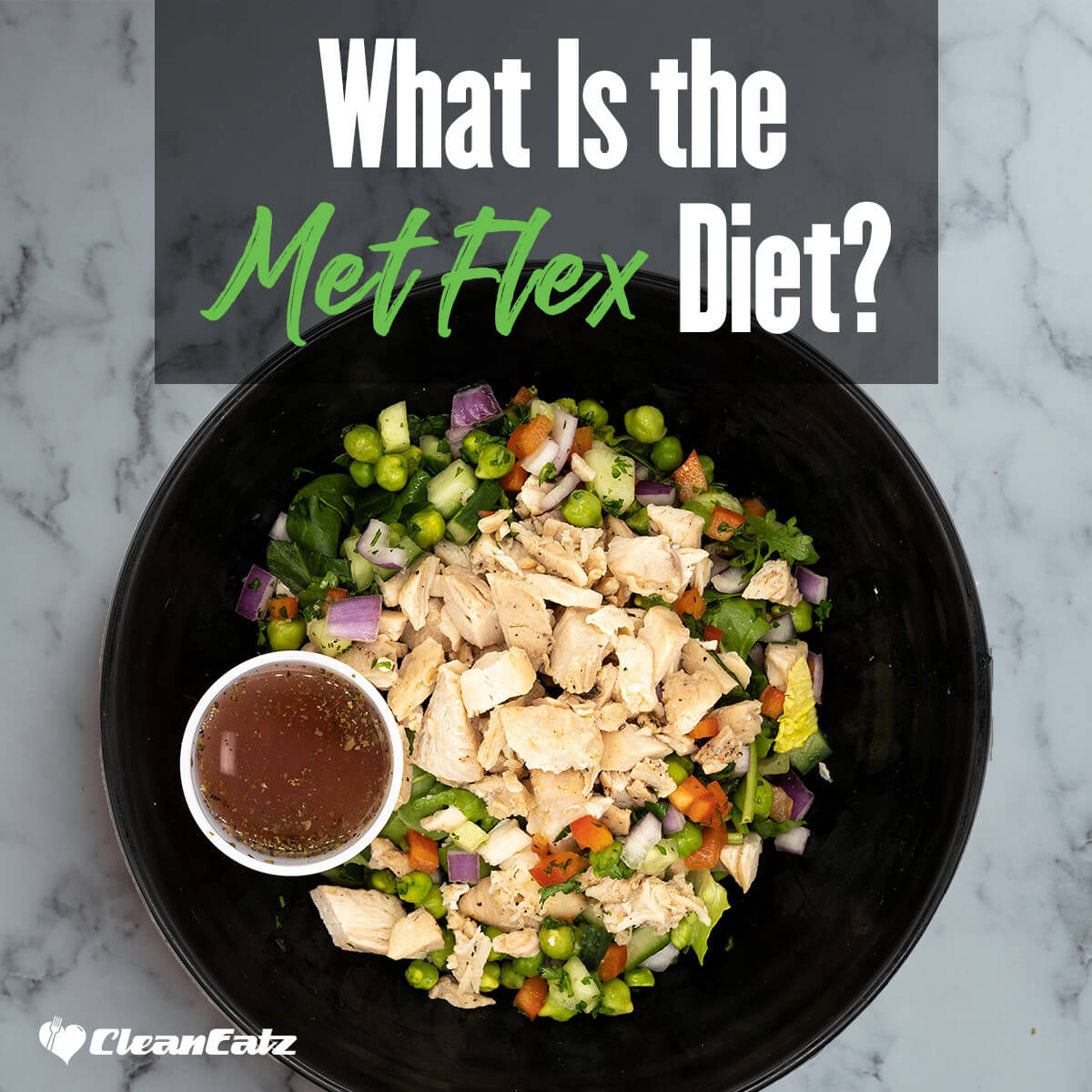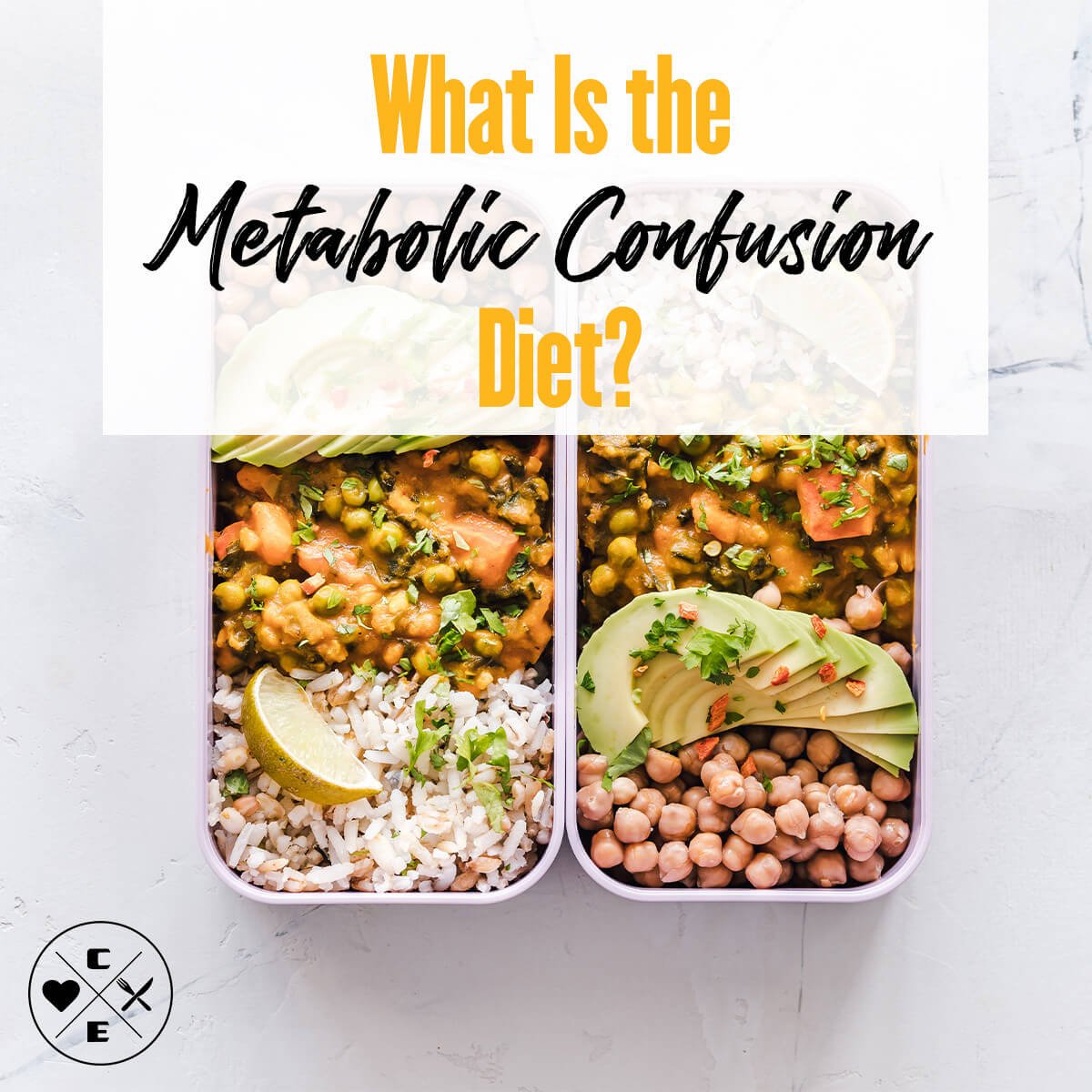
"What Is the Kushi Diet?" A Guide to Principles & Benefits
Jason Nista
Nutrition
|
Weight Loss
8 minute read
Are you interested in improving your health and well-being? If so, the Kushi diet, also known as the macrobiotic diet, might be just what you're looking for. The Kushi diet emphasizes consuming whole grains, beans, and fresh veggies, aligning with the Japanese philosophy of balance, harmony, and moderation.
The primary objective of the Kushi diet is to foster long-term health by avoiding unhealthy processed foods and instead promoting the consumption of nourishing whole foods like ripe fruits, leafy greens, and fermented soy products. Furthermore, the diet places a strong emphasis on sourcing high-quality ingredients, giving priority to organic and locally-sourced options whenever feasible.
Feeling overwhelmed by the idea of adopting this new way of eating or transitioning away from your favorite junk foods? Don't worry! In this article, we'll provide you with comprehensive information about the Kushi diet, including its benefits, underlying principles, and valuable tips for seamlessly integrating it into your lifestyle.
What Is the Kushi Diet?
The Kushi diet is a variant of the traditional Japanese macrobiotic diet. It primarily revolves around plant-based eating, emphasizing the significance of locally sourced, whole foods, and maintaining meal balance.
What is the Kushi diet? The Kushi diet aims to enhance overall health and well-being through a focus on proper nutrition and natural remedies. It categorizes foods into two main groups: yin and yang. Yin foods consist mainly of sweet, sour, and salty flavors, while yang foods are primarily bitter, pungent, and astringent. Achieving optimal health benefits requires each meal to have a harmonious combination of both yin and yang foods.
The Kushi diet includes several staple items such as fresh vegetables (both cooked and raw), sea vegetables like seaweed or kelp, whole grains like brown rice, millet, or oats, legumes and beans such as chickpeas or lentils, nuts, seeds, plant-based oils like sesame oil or coconut oil, a variety of herbs and spices, and limited portions of fish or meat if desired.
In summary, the Kushi diet emphasizes well-balanced, nutritious meals that promote bodily health while delighting the palate with flavorful whole foods.
Macronutrients in the Kushi Diet
The Kushi diet revolves around consuming a well-balanced combination of macronutrients, which encompass carbohydrates, proteins, and healthy fats. Let's delve into the breakdown of macronutrients within the Kushi diet:
Carbohydrates in the Kushi Diet
Carbohydrates play a central role in the Kushi diet, constituting 55-65% of the total calorie intake. This includes nutrient-rich whole grains such as brown rice and barley, as well as complex carbohydrates like sweet potatoes, taro, and yams. The diet revolves around these wholesome sources of energy.
Proteins in the Kushi Diet
Proteins contribute to around 15-20% of the total calorie intake in the Kushi diet. The primary sources of protein are legumes such as beans, lentils, and peas, providing essential nutrients without relying heavily on animal-based proteins.
Fats in the Kushi Diet
Healthy fats form about 20-30% of the total calorie intake in the Kushi diet plan. The focus lies on incorporating sources like nuts, seeds, vegetable oils such as olive or sesame oil, and avocados. Dairy products should be consumed sparingly or avoided altogether due to their high saturated fat content.
The Kushi diet emphasizes a mindful approach to nutrition, promoting a balance of carbohydrates, proteins, and fats from natural and wholesome sources. By understanding the components of the Kushi diet, one can make informed choices to improve their overall well-being.
Foods to Eat on a Kushi Diet
Curious about the Kushi diet? Discover a plethora of delightful foods that await you on this wholesome eating plan. At the core of the Kushi diet, you'll find nourishing whole grains such as brown rice, barley, and quinoa, along with nutrient-rich legumes like lentils and chickpeas. For added variety, some enthusiasts incorporate small portions of meat and fish.
The beauty of the Kushi diet lies in its embrace of fresh fruits and veggies. From appetizing apples to zesty zucchinis, the possibilities are endless. The key principle is to prioritize freshness and naturalness as much as possible.
Moreover, the Kushi diet places a strong emphasis on fermented or cultured foods like miso, tempeh, pickles, and sauerkraut. These delectable choices are teeming with beneficial probiotics that promote digestion and support gut health.
To enhance your culinary experience, relish in the goodness of healthy fats. Savor the taste of olive oil, sesame oil, nuts, avocados, seeds, and nut butter as they add both flavor and texture to your meals. If you're seeking to embark on a new and wholesome meal plan this month, why not give the Kushi diet a try and experience its many nourishing benefits!"
Benefits of a Kushi Diet
The Kushi diet emphasizes meals designed for easy digestion, enriched with fiber, antioxidants, and minerals. These nutritional elements contribute to enhancing digestion, addressing issues like indigestion and nausea effectively.
Improves Digestion
The Kushi diet emphasizes meals designed for easy digestion, enriched with fiber, antioxidants, and minerals. These nutritional elements contribute to enhancing digestion, addressing issues like indigestion and nausea effectively.
Helps Manage Weight
By steering clear of fatty processed foods, the Kushi diet encourages healthy eating habits, enabling individuals to lose weight in a well-balanced manner and maintain it for the long term.
Regulates Blood Sugar
Meals following the Kushi diet are abundant in complex carbohydrates and dietary fiber, which play a vital role in regulating blood sugar levels. This, in turn, reduces the risk of type-2 diabetes and other chronic diseases."
Strengthens Immunity
The Kushi diet, also known as the Macrobiotic diet, emphasizes consuming antioxidant-rich vegetables and fruits that bolster the immune system, enabling your body to better fend off infections.
Trying out the Kushi diet can serve as an excellent way to delve into holistic eating without fully committing to any one specific approach. Staying connected to the flavors and sensations of your meals ensures that you are nurturing both your body and mind while relishing diverse global flavors.
It's crucial to bear in mind that not all diets are universally suitable for everyone. Your body might have unique requirements or preferences, making the Kushi diet less suitable for you. It's essential to explore other dietary options and nutritional approaches to prioritize your body's individual needs.
If you remain interested in testing the Kushi diet and believe it aligns with your preferences, we recommend visiting Clean Eatz Kitchen to customize your version of the Kushi diet and cater to your specific demands and preferences.
Final thoughts
In conclusion, the Kushi diet, also known as the macrobiotic diet, offers a holistic approach to improve health and well-being. By emphasizing whole grains, beans, fresh vegetables, and a balance of yin and yang foods, this dietary philosophy aligns with the Japanese principles of balance, harmony, and moderation. The Kushi diet promotes long-term health by steering clear of processed foods and instead focusing on nourishing whole foods, fostering a stronger immune system and overall well-being.
While the Kushi diet offers numerous benefits, it's essential to remember that individual bodies may have specific needs and preferences. Exploring various dietary approaches is crucial to finding the best fit for your well-being. If you're intrigued by the Kushi diet, consider visiting Clean Eatz Kitchen to tailor a version that suits your unique demands and tastes. Embracing the Kushi diet's wholesome foods and mindful eating can be a delightful journey towards a healthier and more vibrant life.
FAQ
What is the Kushi diet?
The Kushi diet, also known as the Macrobiotic diet, is a dietary philosophy that revolves around plant-based eating and emphasizes the consumption of whole, natural foods. It is based on the Japanese principles of balance, harmony, and moderation, aiming to enhance overall health and well-being through proper nutrition and natural remedies.
What foods are included in the Kushi diet?
The Kushi diet includes a variety of nutrient-rich foods, such as whole grains (e.g., brown rice, barley, quinoa), legumes (e.g., beans, lentils, chickpeas), fresh vegetables (both cooked and raw), sea vegetables (e.g., seaweed, kelp), nuts, seeds, plant-based oils (e.g., sesame oil, coconut oil), a variety of herbs and spices, and limited portions of fish or meat if desired.
How does the Kushi diet promote health?
The Kushi diet promotes health by providing a well-balanced combination of macronutrients (carbohydrates, proteins, and healthy fats) from natural and wholesome sources. It focuses on nutrient-dense foods that support digestion, regulates blood sugar levels, and may aid in weight management. Additionally, the diet's emphasis on antioxidant-rich vegetables and fruits helps strengthen the immune system.
Can I follow the Kushi diet if I have specific dietary preferences or restrictions?
While the Kushi diet offers a diverse range of whole foods, it might not suit everyone's dietary needs or preferences. It's essential to consider your individual requirements and consult with a healthcare professional or nutritionist to ensure that the Kushi diet aligns with your health goals.
Related Articles
A Comprehensive Guide to the Dr. Now Diet
10 minute read
What Is the Metabolic Confusion Diet?
7 minute read



